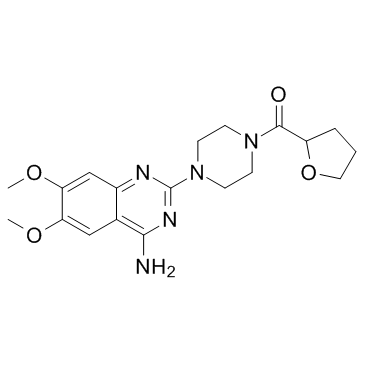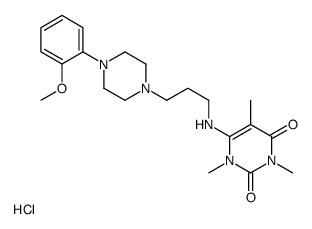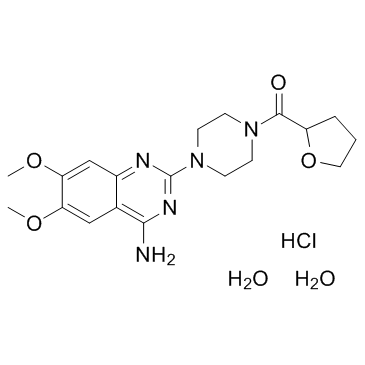| Structure | Name/CAS No. | Articles |
|---|---|---|
 |
Terazosin
CAS:63590-64-7 |
|
 |
5-Methylurapidil
CAS:34661-85-3 |
|
 |
Terazosin hydrochloride dihydrate
CAS:70024-40-7 |